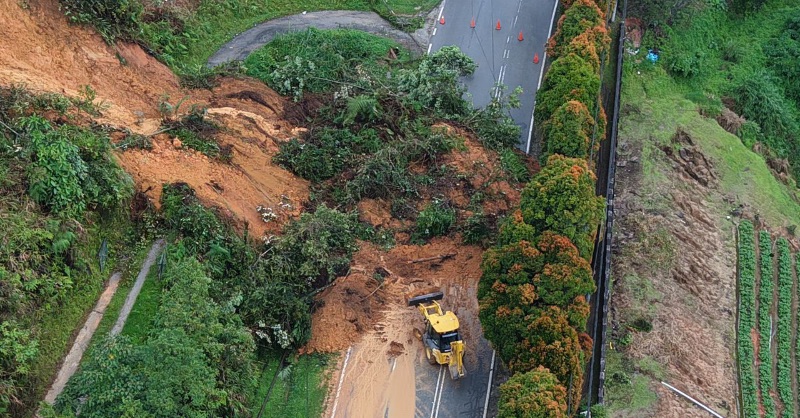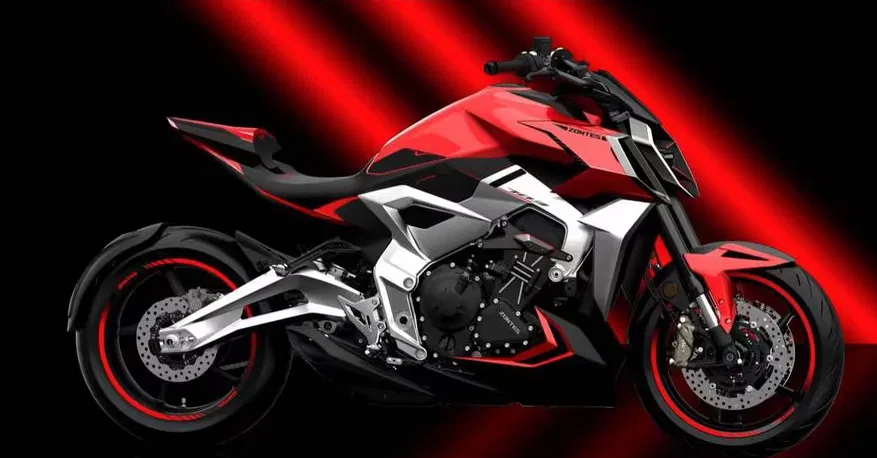The Malaysian Anti-Corruption Commission (MACC) has arrested eight individuals, including six vehicle inspection officers, who were suspected of being involved in a syndicate that approved heavy vehicle inspections at a Computerized Vehicle Inspection Centre (Puspakom) in the capital.
Sources said that all the male suspects, aged between 30 and 50, were arrested when they appeared to give statements at the MACC Headquarters in Putrajaya from 12 noon to 11 pm.
“The arrest of all the suspects is the result of an interrogation conducted by the MACC on an agent who was handed over by the Road Transport Department (JPJ) earlier.
“However, the six vehicle inspection officers involved have been released on MACC bail after their statements were taken,” he said.
The six inspection officers have been suspended by Puspakom.
PUSPAKOM Chief Executive Officer Mahmood Razak Bahman said his party views the case seriously and will not tolerate any misconduct, especially involving the integrity of vehicle inspection operations.
“PUSPAKOM will not protect anyone involved in corruption,” he said.
Meanwhile, two other individuals have been remanded for five days starting today until January 11.
The remand order was issued by Magistrate Irza Zulaikha after an application was made by the MACC at the Putrajaya Magistrate’s Court, this morning.
Meanwhile, MACC Deputy Chief Commissioner (Operations), Datuk Seri Ahmad Khusairi Yahaya, when contacted, confirmed the arrests and informed that the case is being investigated under Section 16 (b) (A) of the MACC Act 2009.
According to him, so far the MACC has arrested nine individuals and does not rule out the possibility of several follow-up arrests being made to assist in the investigation.






























